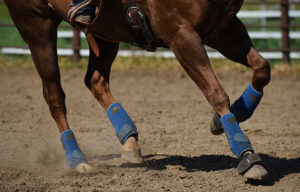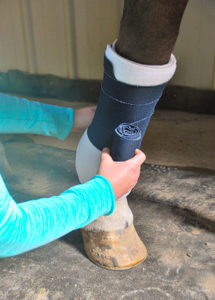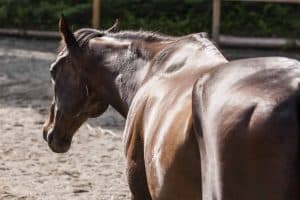Rib Fractures: A Surprising Cause of Horse Lameness
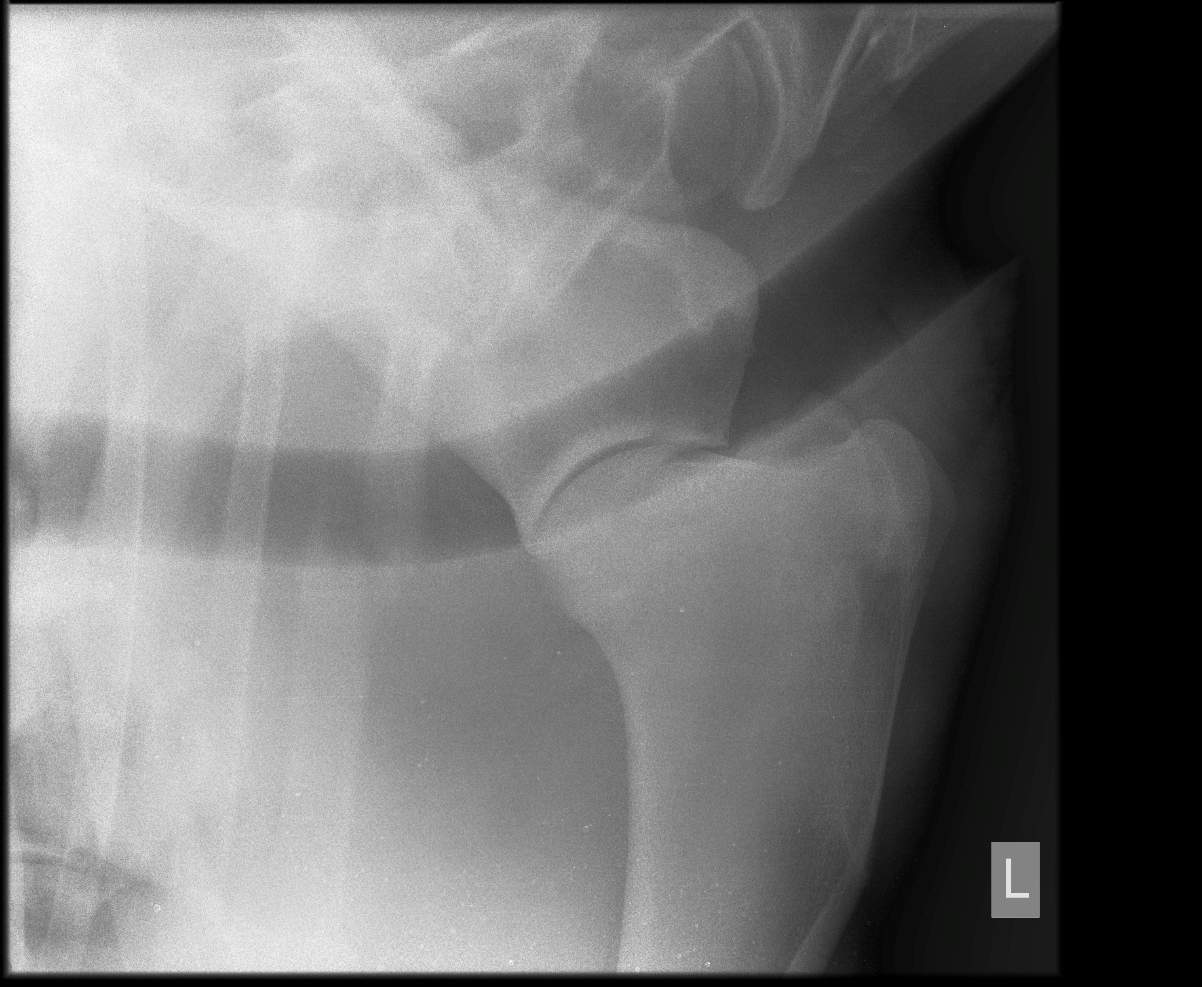
A lame horse that’s resisting the rider. It’s a complaint equine practitioners commonly hear, but maybe not necessarily one that would, right off the bat, cause them to think “broken rib.” But one researcher believes rib fractures are an underdiagnosed cause of lameness, with one type unique to racehorses.
Claire Wylie, BVM&S, MSc, PhD, MRCVS, recently examined digital records at Rossdales Equine Hospital, in Newmarket, U.K., where she’s a resident in clinical research, hoping to uncover common clinical signs of rib fractures in adult horses so veterinarians can recognize these cases more readily. She presented her results at the 2016 British Equine Veterinary Association Congress, held Sept. 7-10 in Birmingham, U.K.
Wylie reviewed 11 years of case results, excluding foals, and found 50 rib-fracture cases, 40 of which treating veterinarians had considered to be clinically relevant, or capable of causing clinical signs. Affected horses were anywhere from 2 to 17 years old, with a median age of 5.5 years, and had been with their owners for a median of three years. The horses were mostly Thoroughbreds or Thoroughbred crosses (60%), male (geldings and stallions, 75%), and racehorses (42%), which accurately reflects Rossdales’ patient population
Create a free account with TheHorse.com to view this content.
TheHorse.com is home to thousands of free articles about horse health care. In order to access some of our exclusive free content, you must be signed into TheHorse.com.
Start your free account today!
Already have an account?
and continue reading.
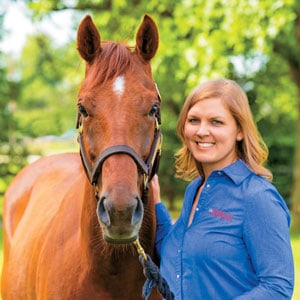
Written by:
Stephanie L. Church, Editorial Director
Related Articles
Stay on top of the most recent Horse Health news with




